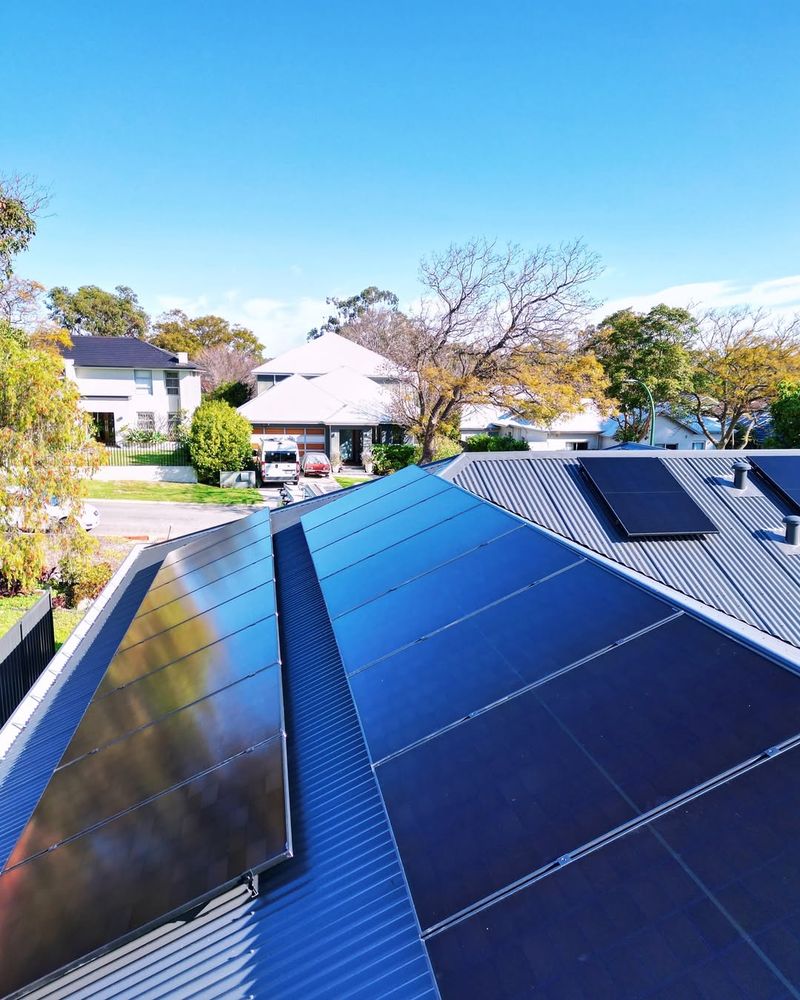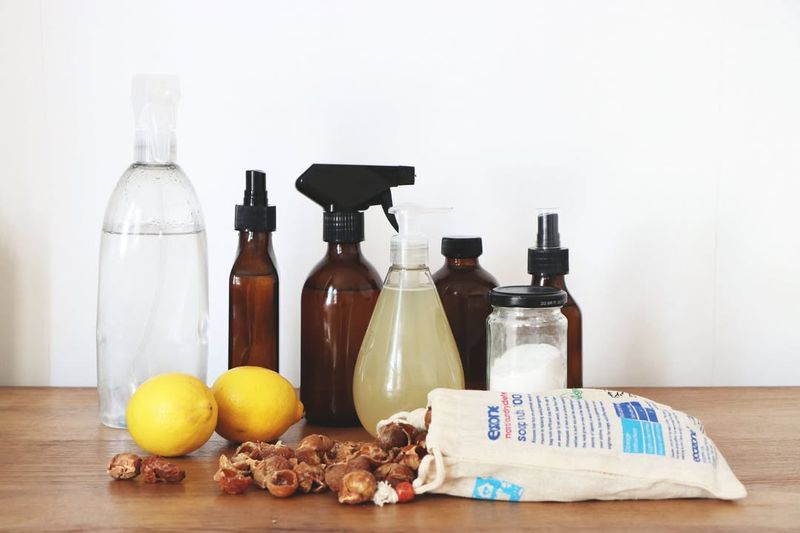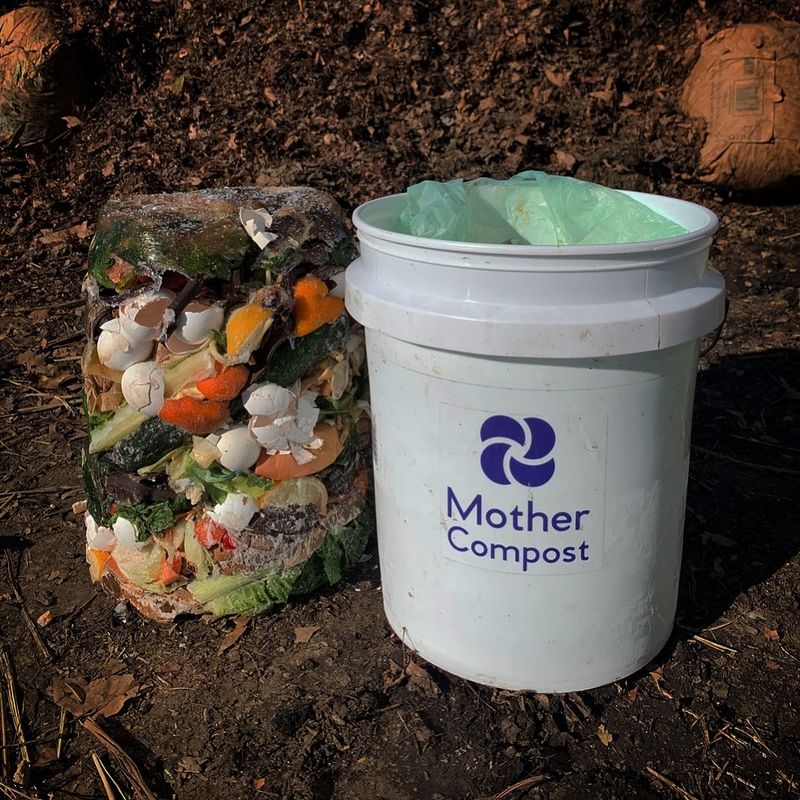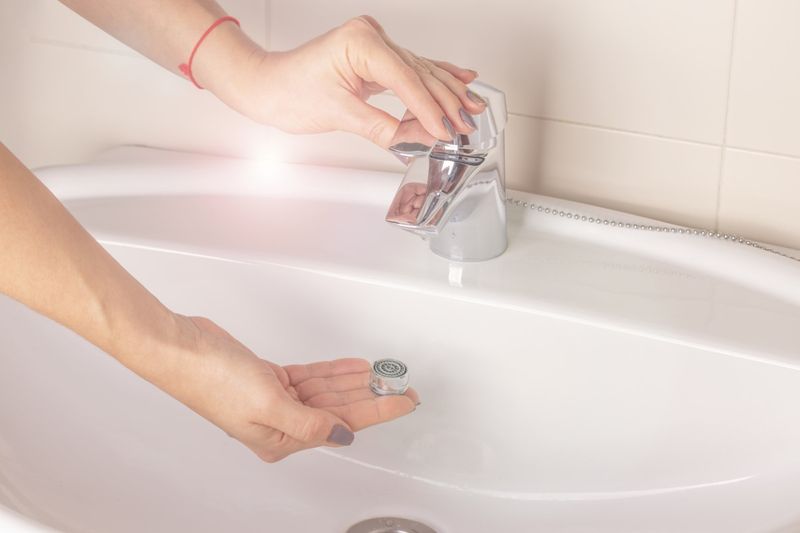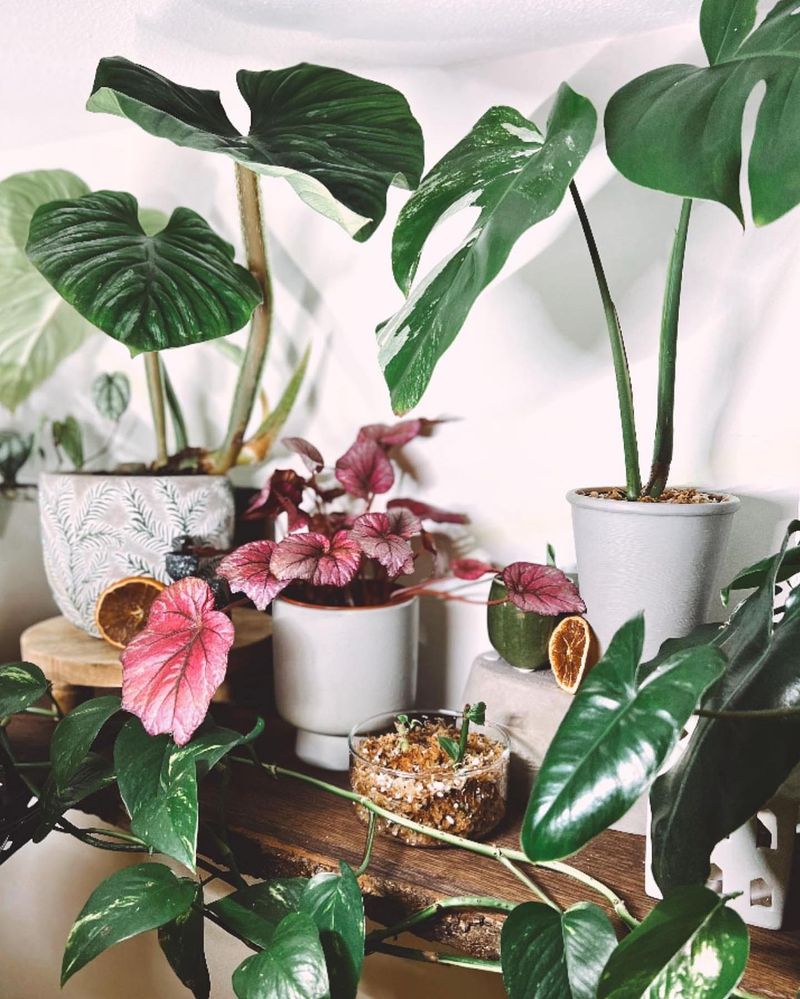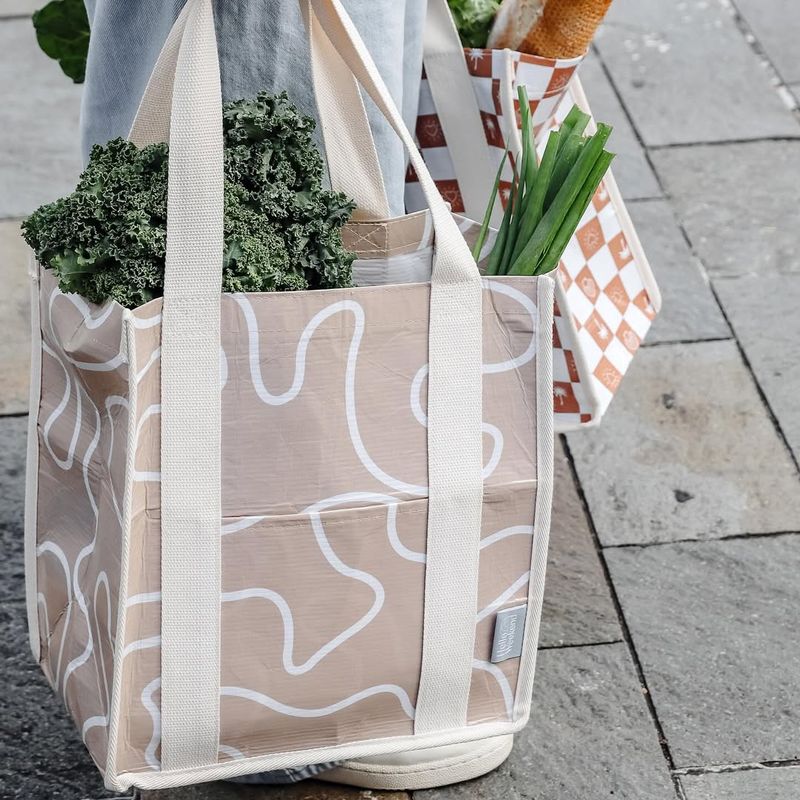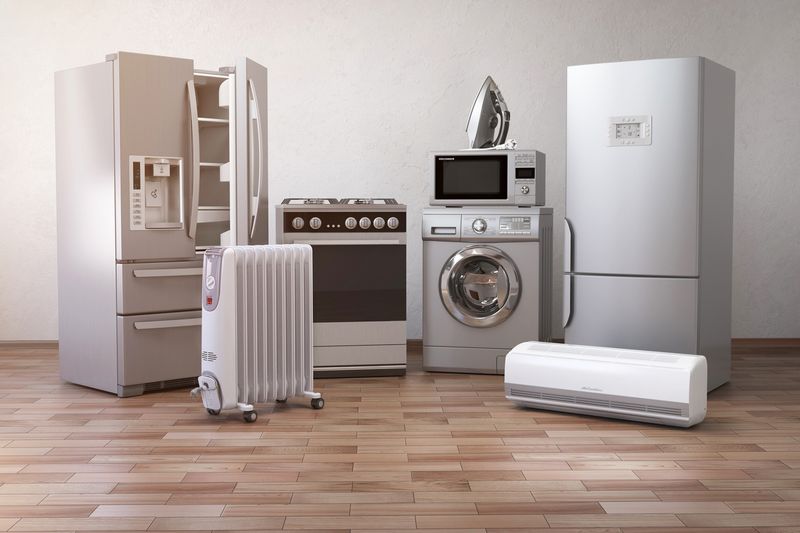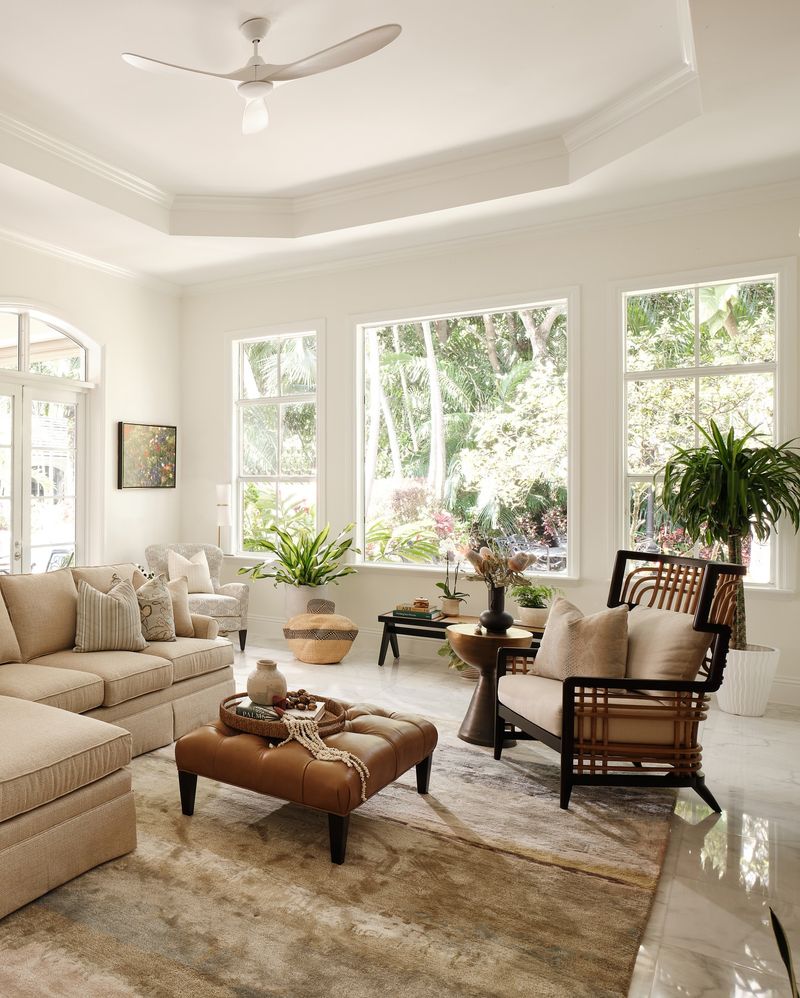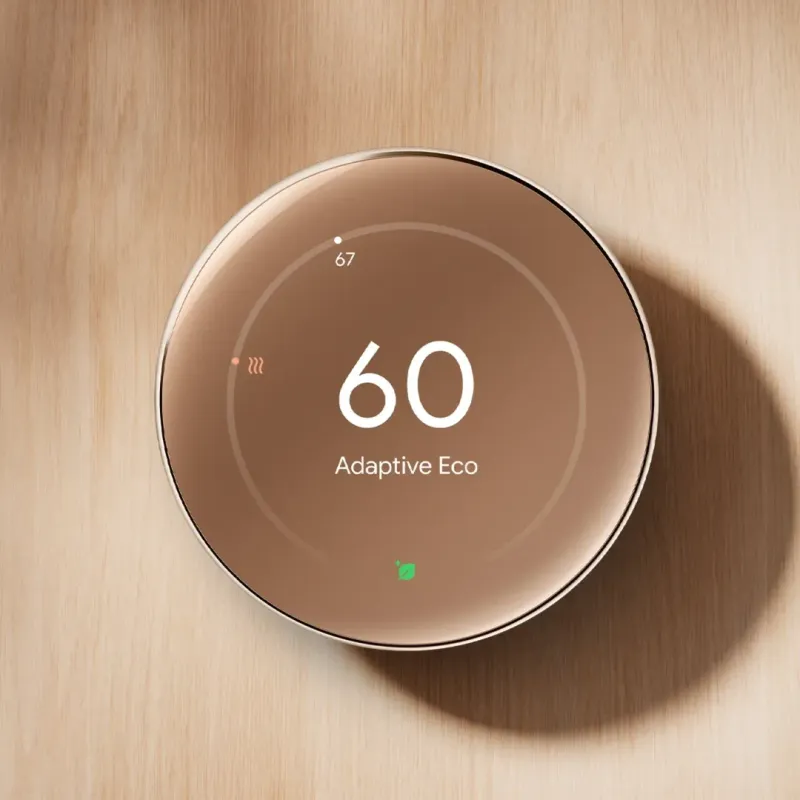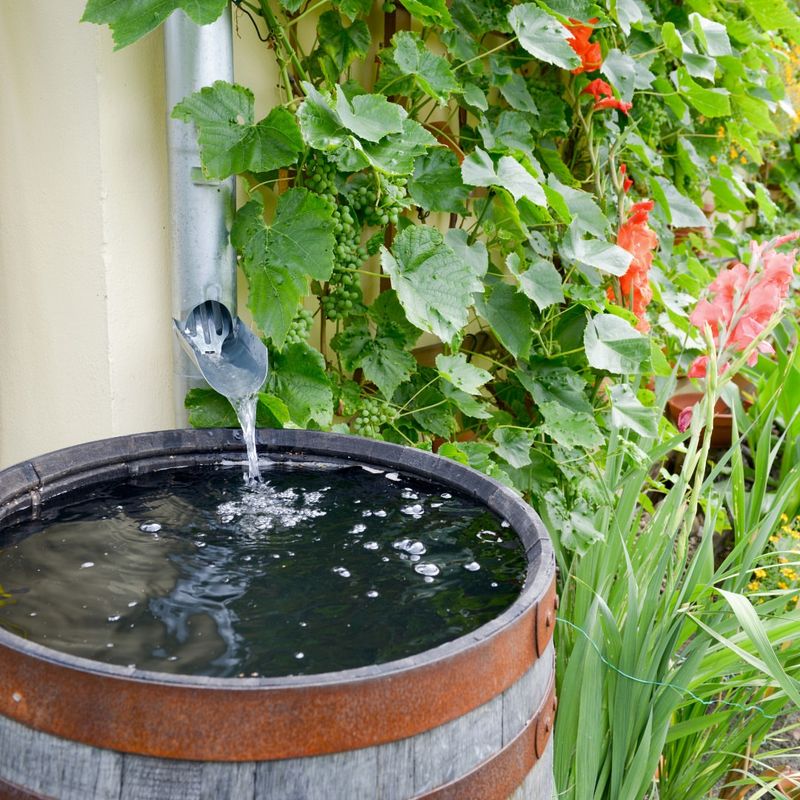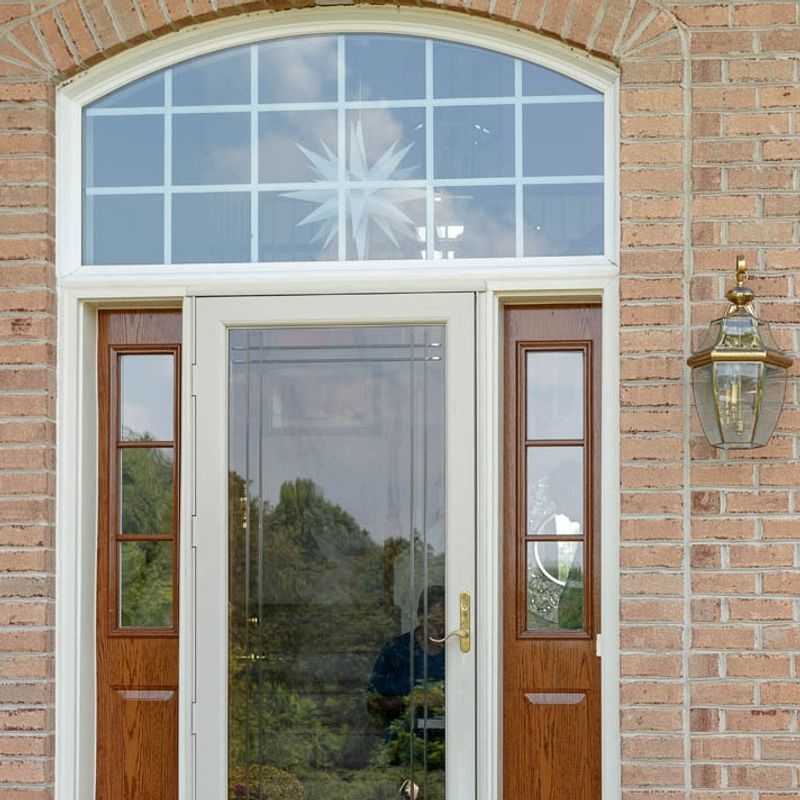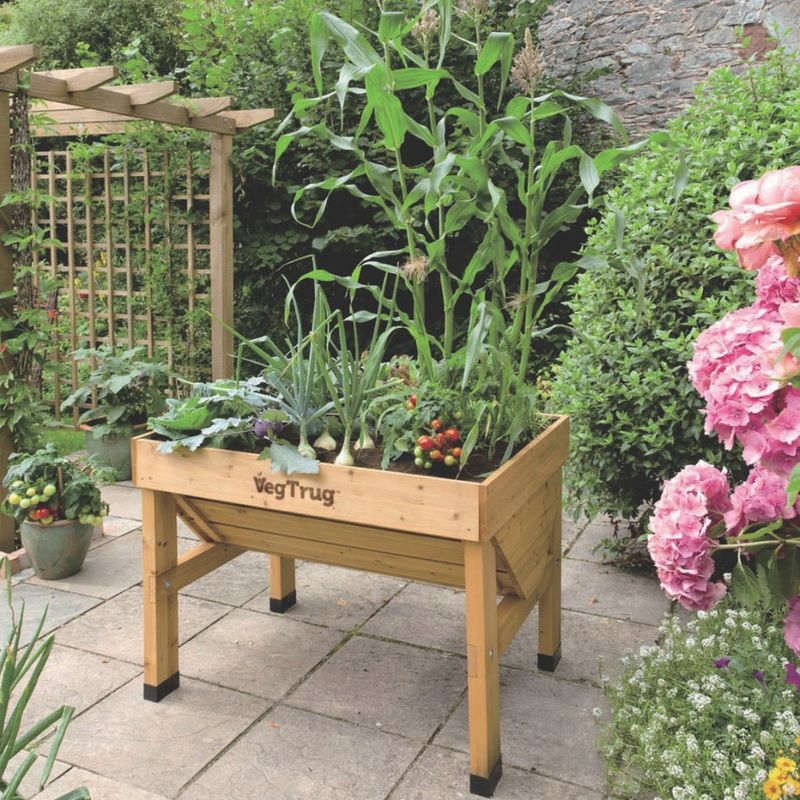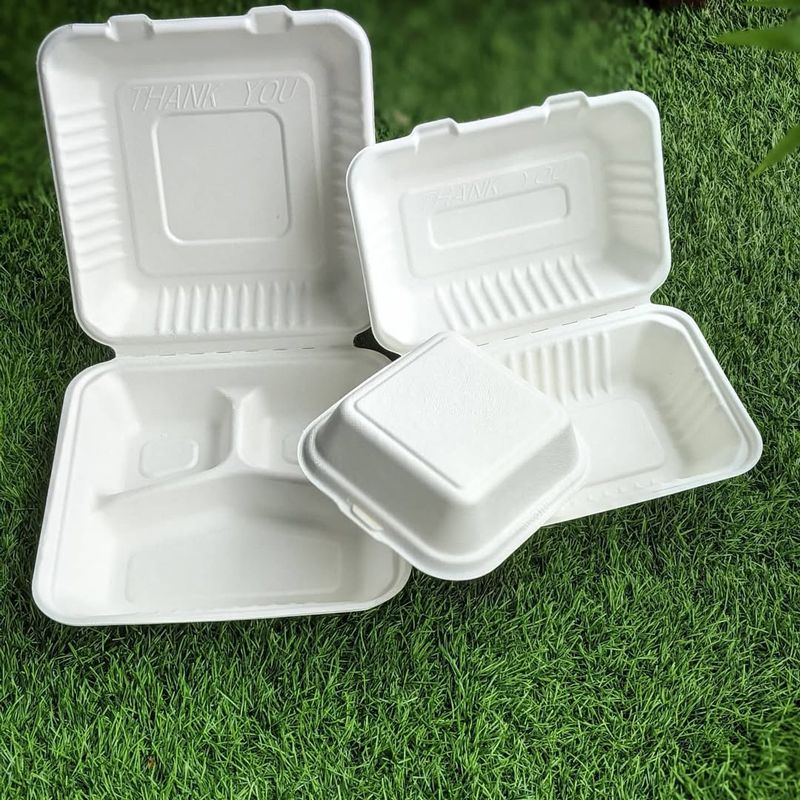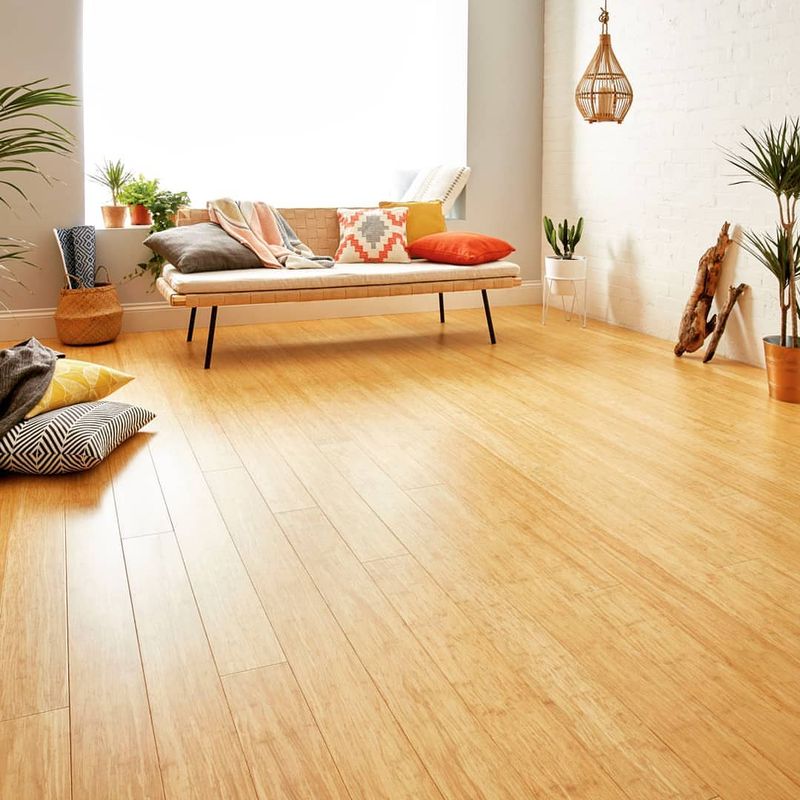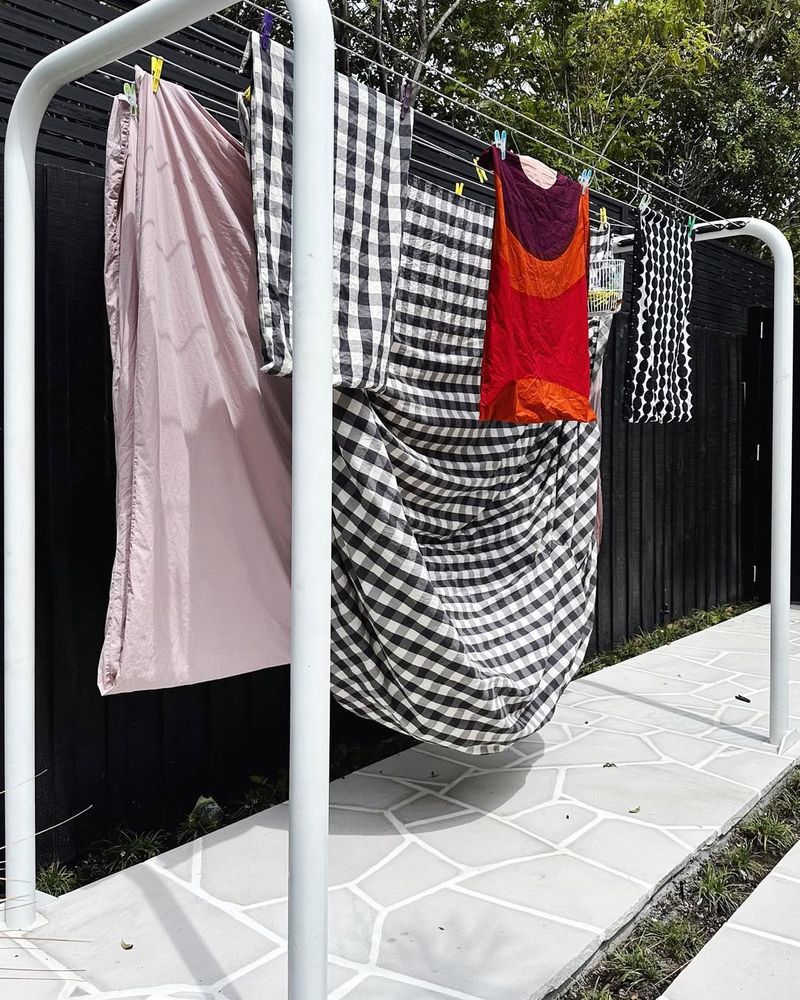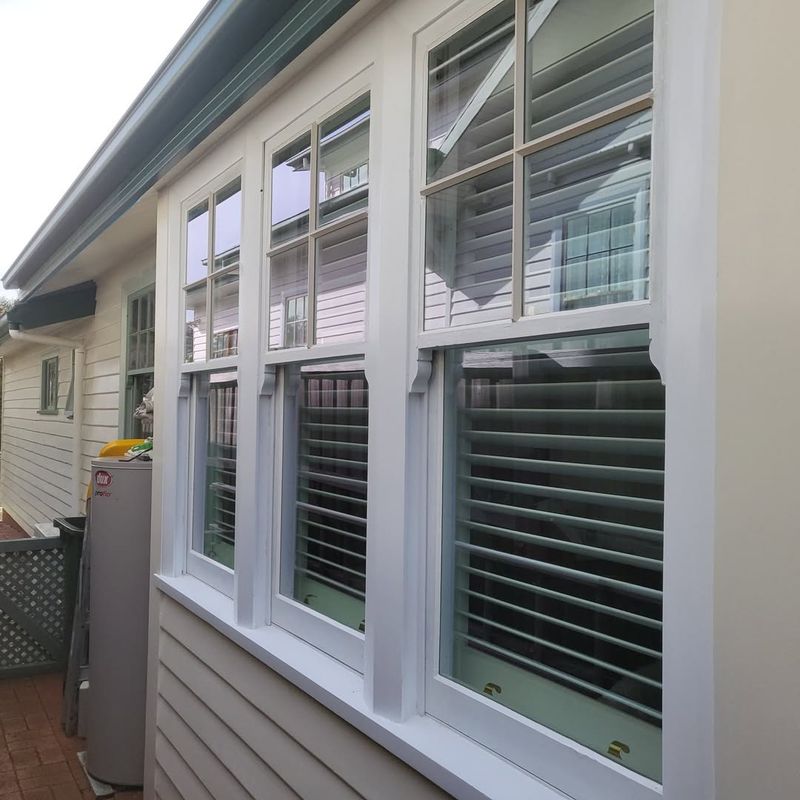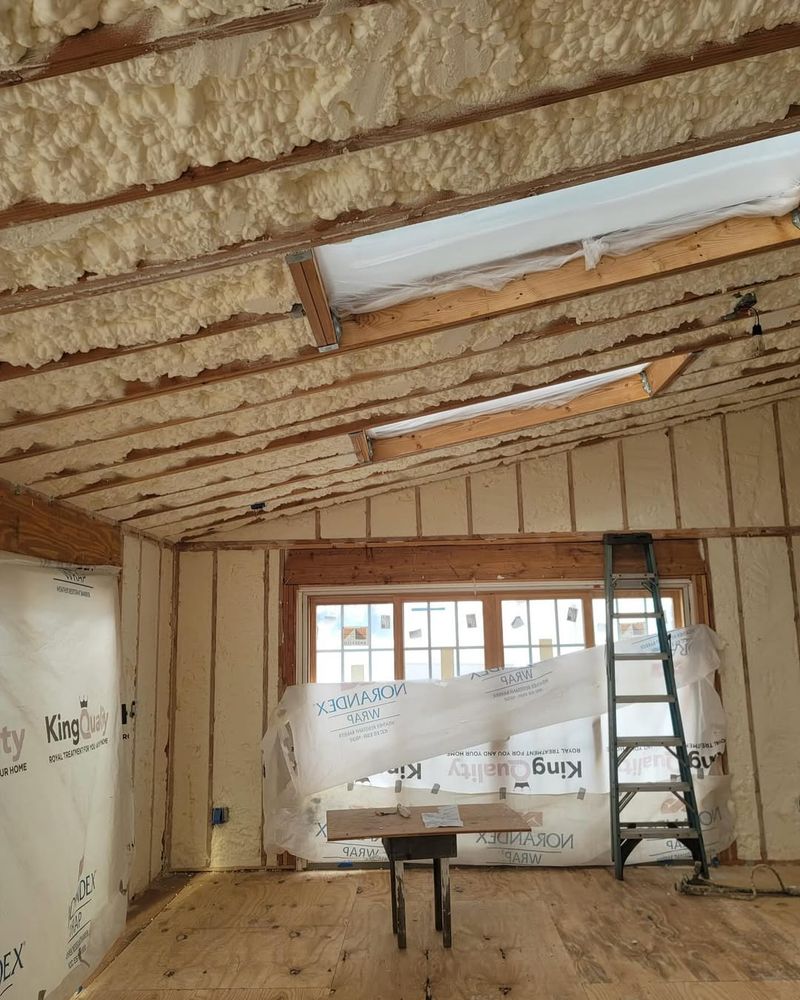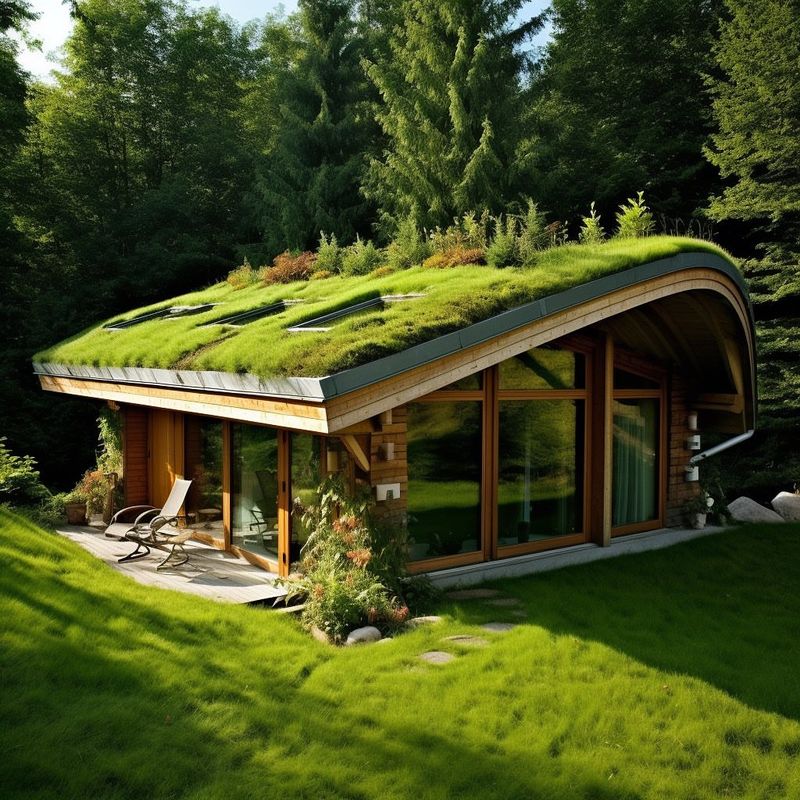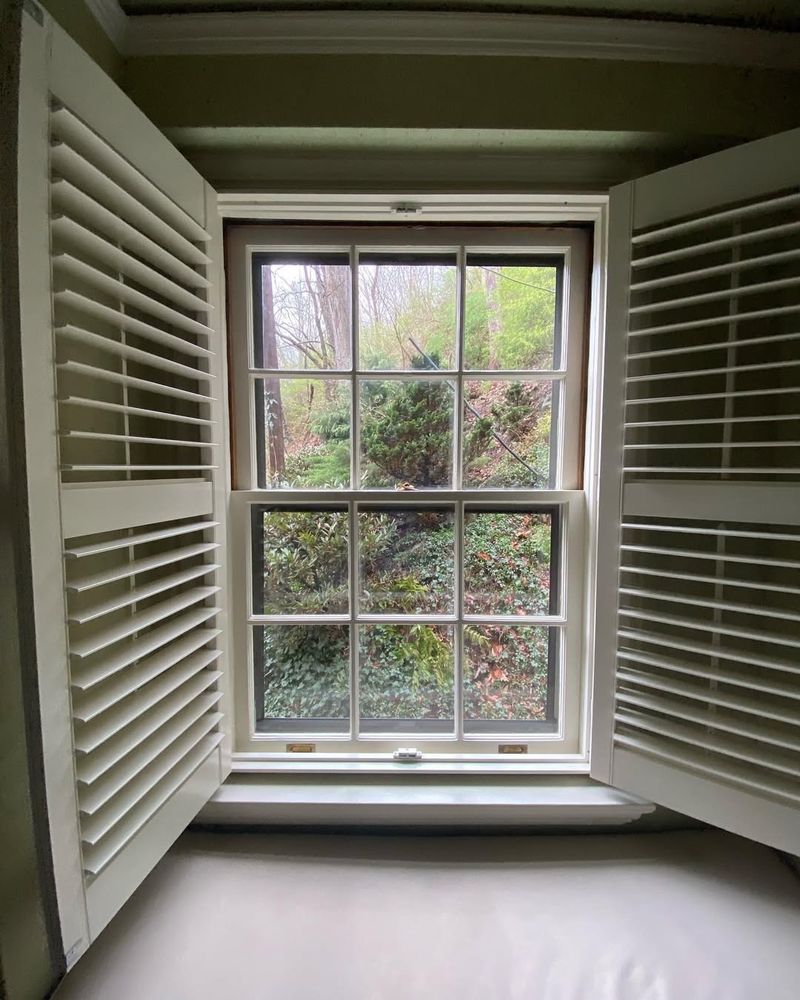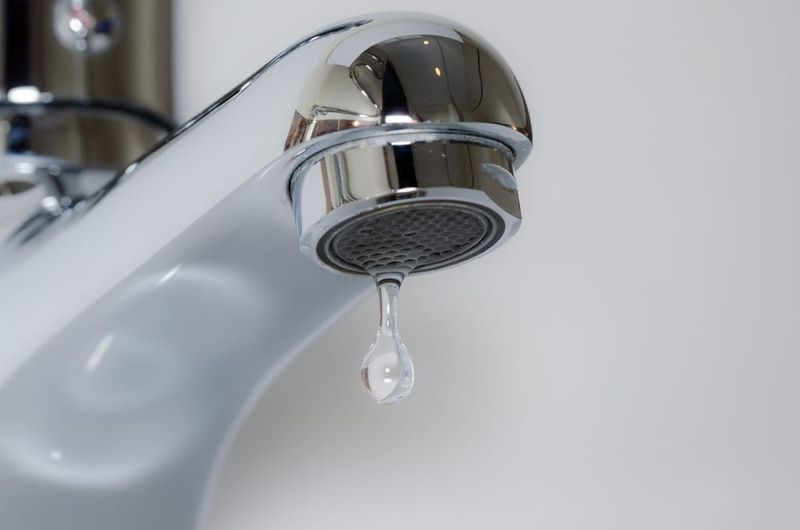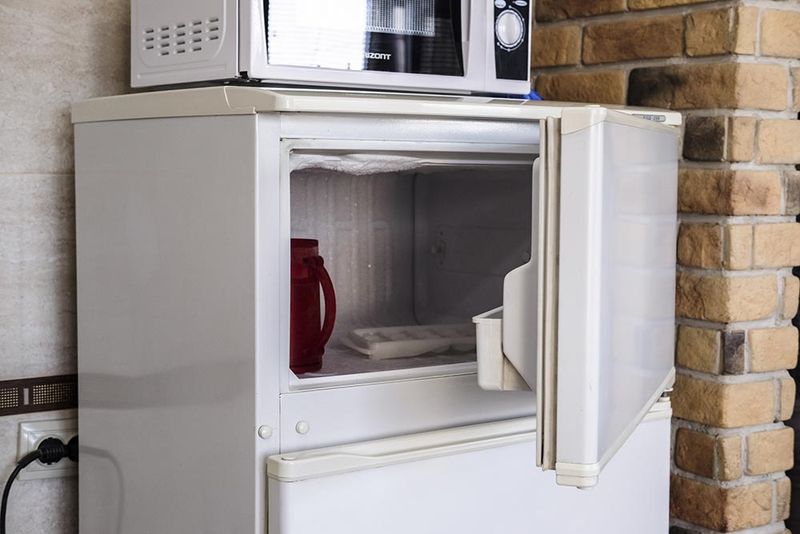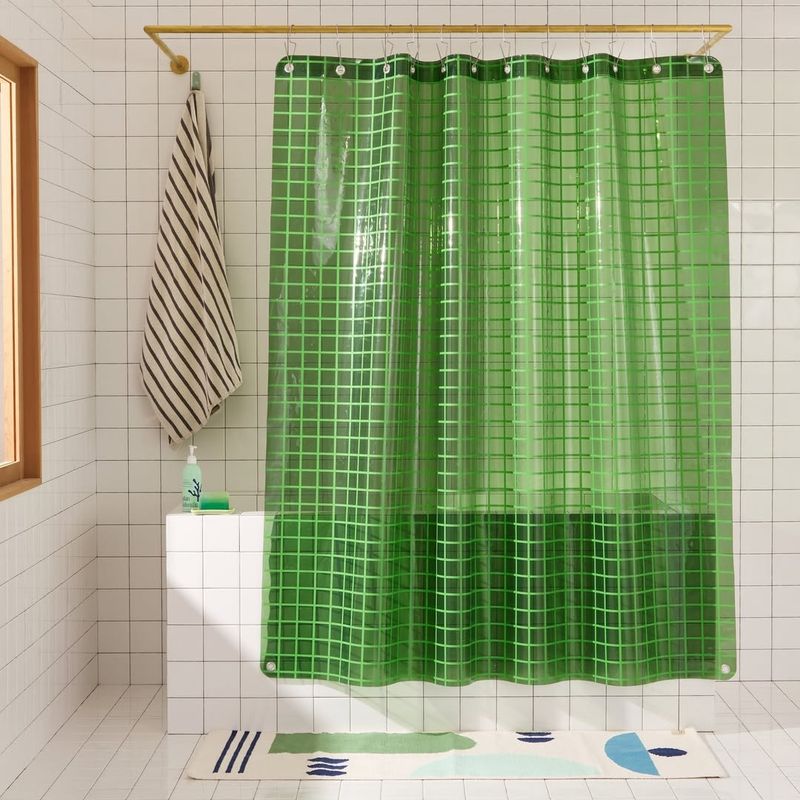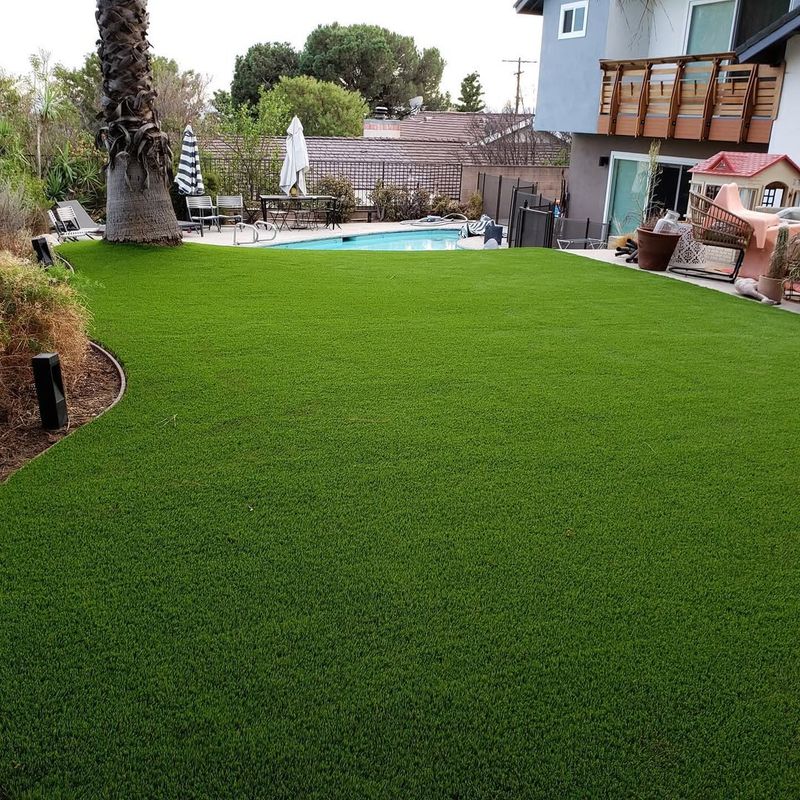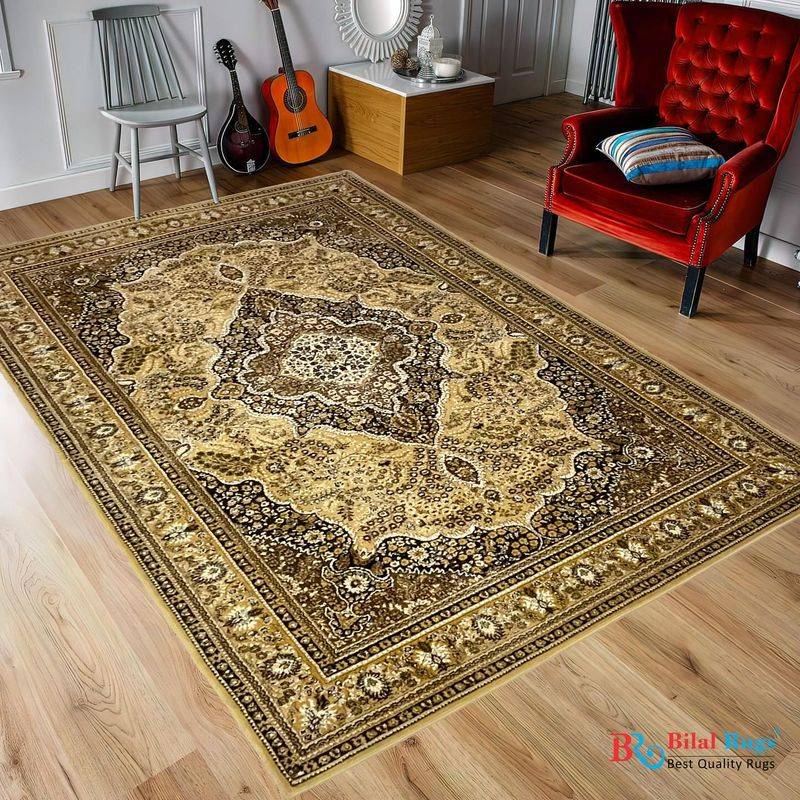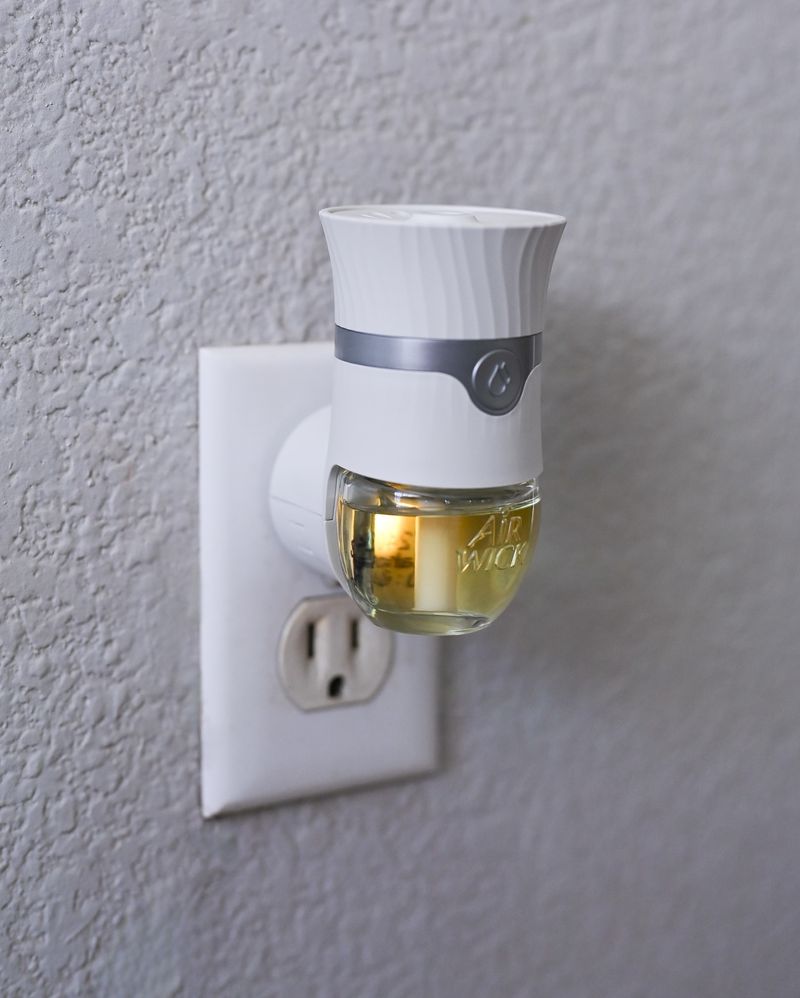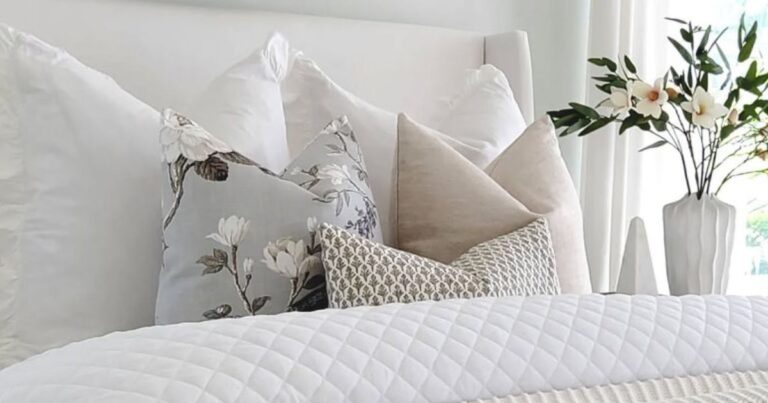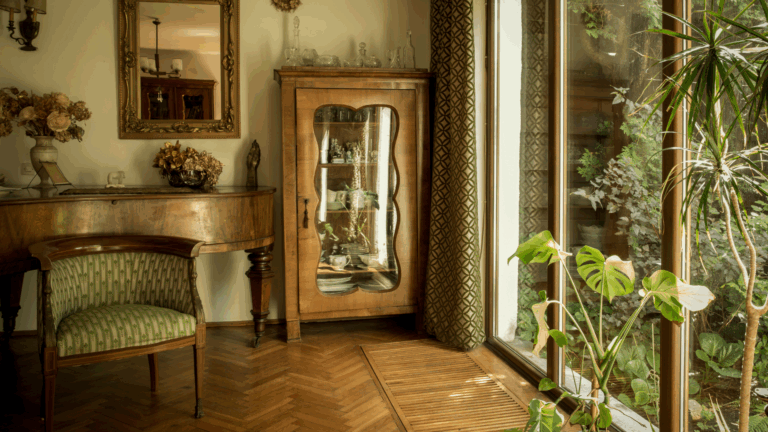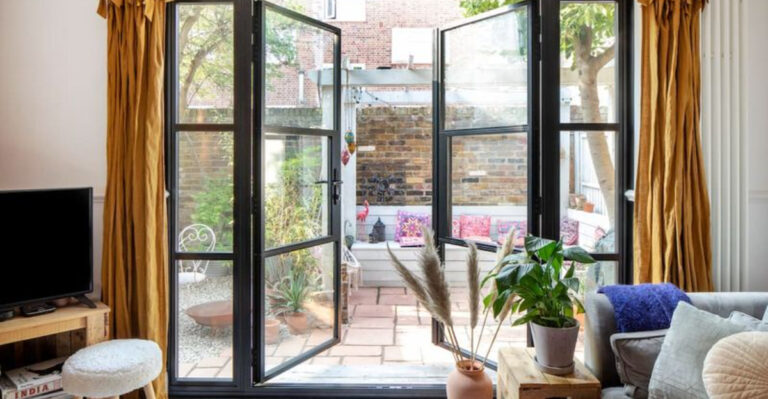22 Ways To Make Your Home More Eco-Friendly And 11 Things That Will Only Do The Opposite
Making your home more eco-friendly doesn’t have to mean a total lifestyle overhaul – or living off-grid with a composting toilet. Sometimes, it’s the small, smart changes that make the biggest impact.
From energy-saving tweaks to waste-reducing upgrades, there are plenty of ways to green your space without sacrificing comfort or style.
But not every so-called “green” move lives up to the hype. In fact, some choices do more harm than good. In this guide, I’m sharing 22 genuinely effective ways to make your home more sustainable – plus 11 traps that miss the mark entirely.
1. Switch to LED Lights
Ever thought a light bulb could save the planet? Switching to LED lights is a bright idea. These energy-efficient marvels use up to 80% less energy than traditional bulbs. You’ll not only cut down on electricity bills but also reduce your carbon footprint significantly.
Plus, LED bulbs have a longer lifespan, which means fewer trips to the store and less waste in landfills. Picture your home glowing warmly, all while being eco-friendly. It’s a simple switch but a giant leap for sustainable living!
2. Install Solar Panels
Harness the power of the sun! Installing solar panels transforms your home into a renewable energy powerhouse. Not only will you enjoy lower energy bills, but you’ll also contribute to reducing fossil fuel dependency.
The initial investment is a sunny step towards long-term savings and eco-friendliness. Imagine your roof doubling as an energy generator, providing clean power and a conversation starter. A sunlit path to sustainability awaits, making solar panels an enlightening addition to any green home.
3. Use Eco-Friendly Cleaning Products
Why let harsh chemicals invade your sanctuary? Embrace eco-friendly cleaning products that are kind to both your home and the environment. These products, made from natural ingredients, are as effective as their chemical-laden counterparts without the harmful side effects.
Say goodbye to toxic fumes and hello to a fresh, clean scent that doesn’t compromise air quality. Your home will sparkle, and Mother Earth will thank you. A healthy home is a happy home, especially when it’s green and clean!
4. Upcycle Furniture
Turn trash into treasure! Upcycling furniture is not just a trend; it’s a commitment to sustainability. By repurposing old furniture, you breathe new life into items that might otherwise end up in a landfill. Whether it’s a vintage chair or a rustic table, upcycling adds character and uniqueness to your home decor.
It’s also a fun and rewarding project that showcases your creativity. The charm of upcycled furniture lies in its history and transformation, making your home distinctly yours and environmentally savvy.
5. Compost Organic Waste
What if your waste could fuel a garden? Composting organic waste is an eco-friendly practice that turns kitchen scraps into nutrient-rich soil. It’s nature’s way of recycling, and your plants will love it! Composting reduces landfill waste and decreases greenhouse gas emissions, making it a green win-win.
Envision a compost bin in your backyard, lovingly transforming banana peels and coffee grounds into fertile earth. It’s a small step towards a more sustainable lifestyle, nurturing both your garden and the planet.
6. Install Low-Flow Faucets
Splash into savings with low-flow faucets! These water-saving wonders reduce water usage by up to 60%, meaning fewer water bills and more eco-points for your home. With innovative technology, low-flow faucets maintain pressure while conserving water, ensuring you don’t sacrifice functionality.
Imagine washing your hands or taking a shower, knowing every drop is used wisely. It’s a refreshing way to contribute to water conservation efforts without compromising comfort or style. Your wallet and the Earth will both feel the benefits!
7. Plant Indoor Plants
Bring the outdoors in! Indoor plants are not only aesthetically pleasing, but they also improve air quality and add a touch of nature to your living space. These green companions absorb toxins, increase humidity, and produce oxygen, making your home a healthier place to live.
Picture a lush indoor garden, with plants of all shapes and sizes breathing life into your rooms. It’s a natural way to boost your mood and create a serene, eco-friendly atmosphere. Greenery indoors means happiness and health at home!
8. Use Reusable Shopping Bags
Plastic bags: a shopper’s bane but an environmental disaster. Enter reusable shopping bags – a stylish and sustainable solution. These durable bags reduce plastic waste and are often made from recycled materials. Imagine heading to the grocery store, armed with vibrant, eco-friendly bags that make a statement.
They’re not just practical but also a reflection of your commitment to the planet. Say goodbye to single-use plastic and hello to a more sustainable shopping experience. It’s an easy swap that makes a big difference!
9. Choose Energy-Efficient Appliances
Why settle for energy guzzlers when you can have efficient marvels? Energy-efficient appliances lower utility bills and reduce carbon footprints. Look for the energy star label, a symbol of sustainability.
They not only provide cutting-edge technology but also peace of mind, knowing you’re contributing to a greener planet. It’s a smart investment in the future, where every watt saved is a step towards sustainability. Efficiency never looked so good!
10. Use Natural Light
Let the sunshine in! Using natural light reduces the need for artificial lighting, saving energy and creating a warm, inviting atmosphere. Open those curtains and let daylight transform your living space.
Not only does natural light enhance the aesthetic appeal, but it also has mood-boosting benefits and promotes well-being. It’s a simple yet powerful way to embrace sustainability, all while basking in the glow of nature’s light.
11. Install a Smart Thermostat
Get smart about temperature! A smart thermostat learns your preferences and adjusts the temperature automatically, optimizing energy consumption. It’s like having a personal climate assistant that saves energy and reduces utility bills.
With remote control through your smartphone, you can manage your home’s climate from anywhere. It’s an intelligent way to enjoy comfort while being eco-conscious. Smart thermostats make saving energy a breeze!
12. Collect Rainwater
Rain, rain, don’t go away! Collecting rainwater is a sustainable practice that conserves precious water resources. With a rainwater collection system, you can capture and store rain for gardening, cleaning, and other non-potable uses.
Your garden could thrive on rainwater, a natural and free resource. It’s an eco-friendly way to reduce water bills and promote sustainability. Plus, it adds a rustic charm to your outdoor space. Embrace the rain and let it nourish your garden, all while treading lightly on the planet.
13. Seal Windows and Doors
Don’t let energy slip through the cracks! Sealing windows and doors is a cost-effective way to improve insulation and reduce heating costs. By preventing drafts, you’ll maintain a comfortable indoor temperature year-round. Imagine cozy winters and cool summers, all without excess energy use.
Weatherstripping and caulking are simple solutions that make a big impact on energy efficiency. It’s like wrapping your home in a warm hug, keeping the elements out and the savings in. A draft-free home is a happy home!
14. Grow Your Own Food
The freshest food is homegrown! Growing your own food reduces the carbon footprint and ensures you know exactly what’s on your plate. How cool would it be to step into your backyard and pick some fresh tomatoes, lettuce, or herbs for dinner?
It’s a rewarding experience that connects you with nature and food in a meaningful way. Plus, it encourages biodiversity and sustainable living. A garden full of fresh produce not only tastes better but also nurtures the soul and the planet. Homegrown goodness is the ultimate eco-friendly feast!
15. Use Biodegradable Products
Ever thought about the afterlife of your products? Biodegradable products break down naturally, reducing landfill waste and environmental impact. From cleaning supplies to packaging, making the switch is easier than you think.
It’s an eco-conscious choice that reflects your commitment to the environment. As these products decompose, they return to the earth, leaving nothing but a green legacy. Embrace biodegradability and let your home reflect your green values!
16. Reduce Water Heating Temperature
Turning down the heat doesn’t have to mean sacrificing comfort. Reducing your water heating temperature can significantly cut down energy use. Lowering the temperature by a few degrees may seem small, but the impact on your energy bill and carbon footprint is big.
It’s an effortless change that makes your home more eco-friendly. By using energy wisely, you’ll enjoy the warmth of sustainable living.
17. Choose Sustainable Flooring
Step lightly on the planet with sustainable flooring. Materials like bamboo, cork, and reclaimed wood offer eco-friendly alternatives to traditional flooring. Picture a room adorned with bamboo flooring, its natural beauty and durability enhancing your home.
These materials are not only sustainable but also add a touch of elegance and warmth to any space. Choosing sustainable flooring is a commitment to environmental stewardship, making your home a reflection of your green values.
18. Use a Clothesline
Why not air your laundry for a change? Using a clothesline to dry clothes is an eco-friendly alternative to energy-consuming dryers. It’s a simple yet effective way to save energy and embrace a slower, more sustainable lifestyle.
Plus, it extends the life of your clothes, reducing wear and tear from high heat. Let the sun and wind do the work, leaving your laundry fresh and your conscience clear. A natural drying solution awaits!
19. Install Double Glazing
Seeing double has never been so beneficial! Double glazing provides excellent insulation, reducing heat loss and noise. The added layer of glass acts as a thermal barrier, enhancing comfort and efficiency.
Double glazing is an investment in your home’s sustainability, offering long-term savings and a quieter living environment. It’s a clear choice for those seeking to improve energy efficiency without compromising style.
20. Adopt a Minimalist Lifestyle
Less is more, especially when it comes to sustainability. Adopting a minimalist lifestyle reduces clutter and promotes mindful consumption. This approach not only simplifies your life but also minimizes environmental impact.
By focusing on quality over quantity, you’ll create a space that’s both beautiful and sustainable. Minimalism is a path to clarity, both in mind and in the way we interact with the planet.
21. Use Efficient Insulation
Wrap your home in comfort with efficient insulation. Proper insulation keeps your home warm in the winter and cool in the summer, reducing the need for excessive heating and cooling. Imagine a cozy home where energy bills are lower and comfort levels are higher.
Effective insulation is not just a shield against weather extremes, but also a step towards energy efficiency. It’s an investment that pays off in savings and sustainability, making your home a haven of eco-friendly warmth.
22. Create a Green Roof
Looking for an eco-friendly way to top your home? This innovative solution involves covering your roof with vegetation, enhancing insulation and reducing stormwater runoff. Imagine a rooftop garden that provides habitat for wildlife and a serene escape for you.
It’s a beautiful way to foster biodiversity and sustainability in urban environments. A green roof is not just an upgrade; it’s a statement of commitment to the environment. Let your roof be a testament to green living!
1. Avoid Single-Use Plastics
Bid farewell to single-use plastics and embrace a more sustainable lifestyle. This change reduces plastic waste and reflects a commitment to environmental conservation.
How nice is the satisfaction of knowing you’re making a positive impact every time you choose reusable over disposable? It’s a simple yet powerful way to reduce your carbon footprint and contribute to a healthier planet. Every small step helps create a big change.
2. Old Windows
If your windows are still single-pane or poorly sealed, they’re basically giant holes in your energy efficiency plan. They let your heating and cooling escape like it’s not costing you a dime – which it is. In winter, you lose heat; in summer, your AC battles sunlight like a losing war.
That constant energy drain means higher utility bills and more carbon emissions. Swapping them for double- or triple-pane windows with good insulation isn’t just about comfort – it’s about reducing your home’s footprint every single day. Drafts might feel quaint, but they’re seriously costing you.
3. Incandescent Light Bulbs
They might cast a warm glow, but incandescent bulbs are total energy hogs. About 90% of the energy they use gets wasted as heat, not light. That’s a lot of electricity for a glow that could be replaced with an LED that lasts 25 times longer.
They also add unnecessary strain on your cooling system in warmer months. It’s one of the easiest swaps you can make – cheaper energy bills, less frequent replacements, and a lower carbon impact. Keeping them around feels nostalgic, sure, but nostalgia shouldn’t come with an environmental price tag.
4. Leaky Faucets and Toilets
That quiet drip in the background? It’s wasting way more water than you think. A single leaky faucet can waste hundreds of gallons a year – and a toilet leak? Even worse. It often goes unnoticed while quietly jacking up your water bill and putting unnecessary strain on local water systems.
Fixing leaks is cheap, fast, and totally worth it. Leaving them running isn’t just bad for your wallet – it’s careless in a world where clean water is becoming increasingly precious. You don’t need to be a plumber to know: a slow drip adds up fast.
5. Outdated Appliances
That old fridge or washing machine might still technically work, but it’s also burning through electricity and water like it’s 1985. Older appliances are far less efficient than today’s ENERGY STAR models, which are designed to use minimal resources while doing more.
You might not notice the difference in performance right away, but you’ll definitely see it in your utility bills – and your environmental impact.
Upgrading might seem like a splurge, but it’s really an investment in long-term savings and sustainability. Keeping old appliances running “because they still work” is costing you more than you think.
6. Plastic Shower Curtains
Vinyl shower curtains (usually made from PVC) off-gas harmful chemicals for weeks—and sometimes even months – after being unwrapped. They also can’t be recycled, and they usually end up in landfills after a year or two. That plasticky smell? It’s not just unpleasant; it’s full of phthalates and other toxins.
Fabric or PEVA curtains are safer, longer-lasting alternatives that don’t turn your bathroom into a low-key chemistry lab. Plus, they look better and often wash up like new. A simple switch that reduces your exposure to nasties and keeps more plastic out of the environment.
7. Too Much Artificial Lawn
Synthetic turf might seem like a low-maintenance dream, but it’s far from eco-friendly. It can raise ground temperatures significantly, disrupt natural water flow, and offers zero benefit to local pollinators or soil health.
Not to mention, it’s made of plastic – and eventually, it wears out and ends up in a landfill. Natural ground cover, native grasses, or xeriscaping with rocks and drought-tolerant plants do the job just as well (often better) without baking your yard or turning it into a plastic mat.
Mother Nature does landscaping pretty well on her own.
8. Carpet with Synthetic Backing
Wall-to-wall carpet made with synthetic backing or adhesives often releases VOCs and traps allergens, dust, and chemicals. It’s especially problematic for indoor air quality, since all that gunk settles in and doesn’t easily come out.
Over time, these carpets break down and release microplastics into your environment. Natural fiber rugs – like wool, jute, or sisal – are more sustainable, biodegradable, and easier on your lungs.
You get the comfort and warmth of carpet without turning your floor into a chemical sponge. Plus, they just feel more timeless and less like a rental from the early 2000s.
9. Synthetic Air Fresheners
Plug-in air fresheners and aerosol sprays don’t just mask smells—they pump volatile organic compounds (VOCs) into the air you breathe. Some release formaldehyde and phthalates, which aren’t exactly things you want floating around your living room.
These chemicals linger in the air, stick to fabrics, and can even mess with indoor air quality sensors. Natural alternatives like essential oils, beeswax candles, or simmer pots smell great and are far less harmful. Clean air shouldn’t come with a warning label, and honestly, a lemon slice in hot water smells better anyway.
10. Overwatering Lawns
Lush lawns come at a steep environmental cost if you’re running sprinklers every day, especially at high noon. Overwatering wastes gallons upon gallons and often harms the grass more than it helps. It promotes shallow roots, mold growth, and high water bills.
That much of that water just evaporates or runs off. Switching to drought-tolerant landscaping, installing a smart irrigation system, or just watering early in the morning can massively reduce waste. Your yard can still look great – without acting like you’ve got a personal water reservoir to spare.
11. Overloaded Trash Bins
If your trash is overflowing every week with food scraps, paper, and packaging, chances are you’re throwing away a lot that could be composted or recycled.
Landfills are packed with waste that doesn’t need to be there – and when organic material decomposes without oxygen, it releases methane, a potent greenhouse gas.
Setting up a small compost bin or separating recyclables takes barely any effort but dramatically reduces your contribution to landfill emissions. It’s about making less trash, not just managing it. And no, banana peels don’t belong in the garbage.



